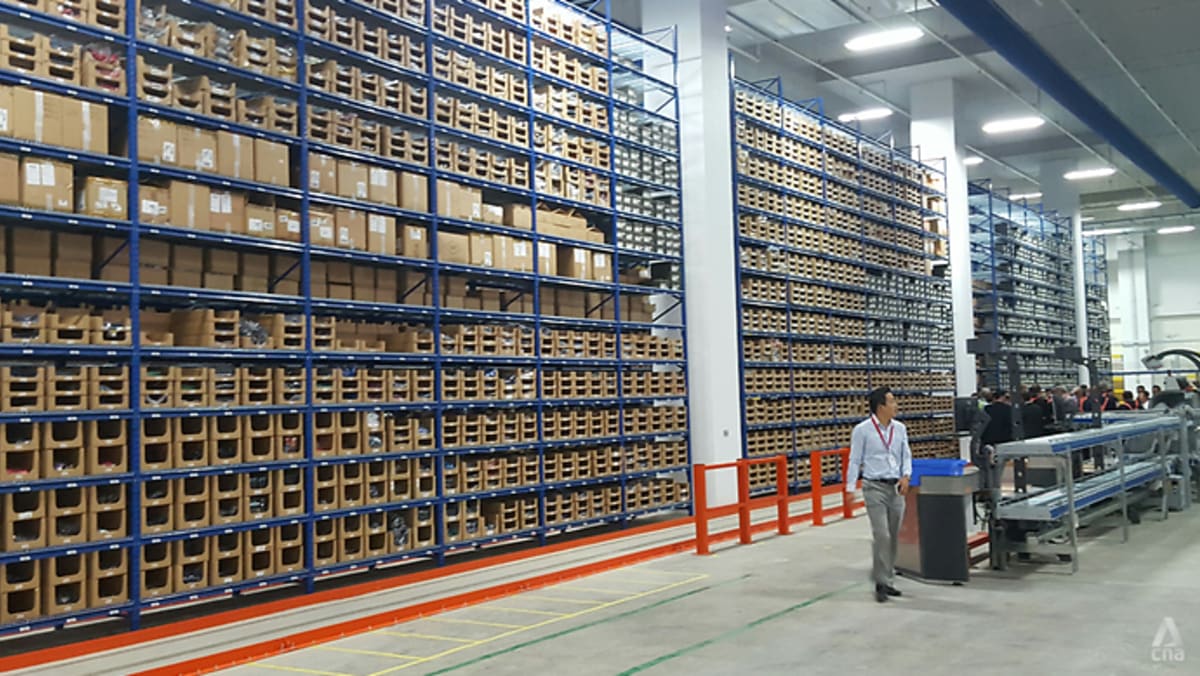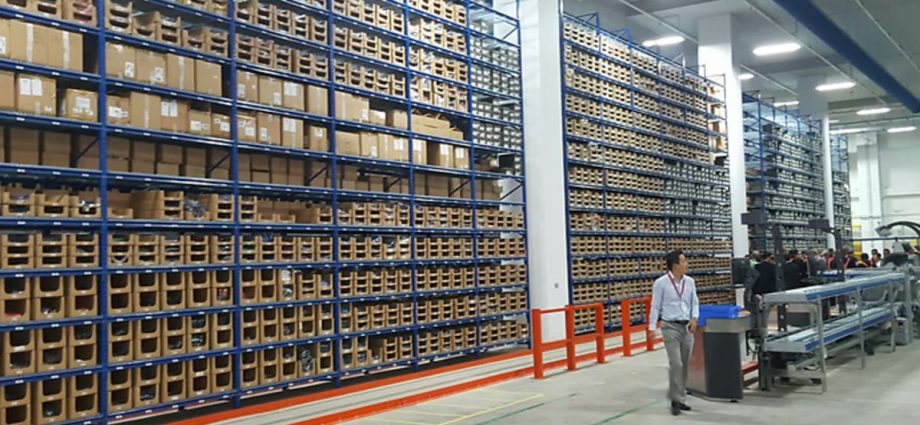
Other macro trends, like the increase in intra-regional trade with on-shoring and near-shoring, have reconfigured supply chains. The war in Ukraine and ongoing lockdowns in China have prolonged uncertainty in global trade.
THE ENVIRONMENTAL COST OF AGILE SUPPLY CHAINS
But even before COVID-19, supply chains were adjusting to accommodate the changes e-commerce demanded.
In place of lean supply chains, “agile” supply chains with their higher inventory holdings located closer to the customer were increasingly being used to meet the demand for two-day, same-day and two-hour deliveries.
While this agility helps withstand shocks, it also comes at a cost.
The Economist estimates that more than US$9 trillion in inventory is being stockpiled by companies trying to hedge against inventory shortages and rising inflation. In many Asian cities such as Hong Kong, Tokyo and New Delhi, increases in industrial rents are also being partly driven by just-in-case inventory storage.
The financial and environmental price of fulfilment is higher too. Research by the Massachusetts Institute of Technology shows that faster shipping can increase costs by up to 68 per cent and total carbon emissions by up to 15 per cent.
Single-item fulfilment makes economies of scale and consolidation difficult to achieve and results in partially full vehicles often delivering along congested or inefficient routes.
The extra packaging required for single-item versus bulk delivery is also evident to anyone who has ever ordered online. Multiple attempted deliveries and a high level of customer returns compound these challenges.
For operators, more stringent sustainability reporting guidelines and increasing consumer demand for transparency and accountability in environmental, social and governance (ESG) performance presents business risks. Non-compliant companies could lose access to finance and market share if they fail to meet stricter benchmarks.

